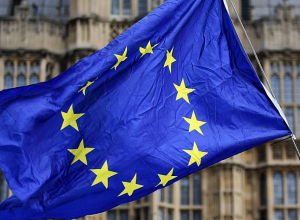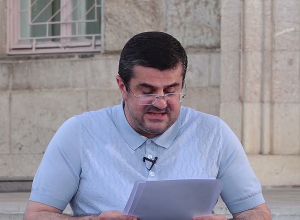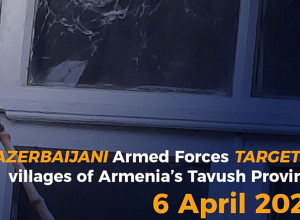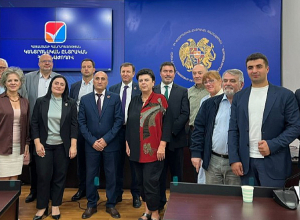55% Instead of 29.8%: The Lie about the Poverty Rate in Armenia
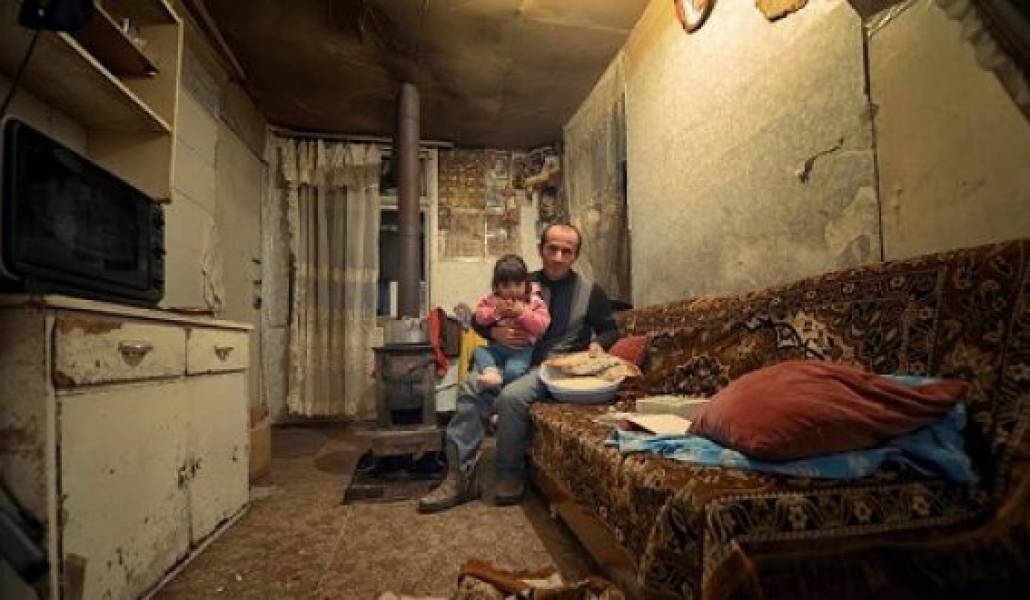
SUT.am
Recently the RA National Statistical Service (NSS) has published a report on RA food safety and poverty during the first quarter of 2017. According to the report, poverty rate in Armenia is 29.8%. This means that about 900.000 people in Armenia are poor, 300.000 out of which are very poor, and about 60.000 are extremely poor. However, the current living conditions of wide circles of the society makes us put into doubt even this already high rate.
The problem consists in that according to the methodology applied by the RA NSS, the assessment of welfare of the population is not based on household incomes. Rather, it is based on the aggregate consumption. And the aggregate consumption includes not only the costs of food and non-food products, but also the costs for own production, aid received from humanitarian organizations and other sources, as well durables owned by citizens. However, the study of household nominal incomes outlines a completely different picture.
 The figure below shows the distribution of nominal incomes among the poorest and the richest classes in Armenia. In the figure, the RA households are classified in 10 decile groups, reflecting the average incomes of the poorest 10% of the population to the richest 10%. These data make it clear that about 55% of the RA population (or about 1.6 million people) receive a monthly income of less than 41.000 AMD, thus appearing below the poverty line. The incomes of about 25% of them were even below the lowest poverty line, which means that more than 700.000 people in Armenia are very poor. Moreover, the income received by 65% of the population was less than the minimum consumer basket (49.000 AMD).
Thus, we have a situation whereby about 300.000 people in Armenia have a monthly income of 10.300 AMD. And while the NSS claims that only 29.8% of the population is poor in Armenia, it is worth noting that the monthly income of these 29.8% does not even exceed 30.000 AMD.
On the other hand, the income structure of the decile groups of the population makes evident the extreme ineffectiveness of the social policy of the RA Government. According to NSS data, the poorest 10% of the RA population receives a monthly amount of 4,945 AMD in pensions and benefits, and the citizens in the 6th decile group receive an average assistance of 12.000 AMD. But the aim of social assistance programs should consist in financial support to the most vulnerable group, and never vice versa.
Thus, the aforementioned facts lead us to the conclusion that either the NSS data on consumption volumes and the poverty rate of the population are not accurate, or the RA tax authorities are simply not capable of assessing the household incomes by carrying out basic administration, which, in its turn, is evidence of an enormous scale of shadow economy.
The figure below shows the distribution of nominal incomes among the poorest and the richest classes in Armenia. In the figure, the RA households are classified in 10 decile groups, reflecting the average incomes of the poorest 10% of the population to the richest 10%. These data make it clear that about 55% of the RA population (or about 1.6 million people) receive a monthly income of less than 41.000 AMD, thus appearing below the poverty line. The incomes of about 25% of them were even below the lowest poverty line, which means that more than 700.000 people in Armenia are very poor. Moreover, the income received by 65% of the population was less than the minimum consumer basket (49.000 AMD).
Thus, we have a situation whereby about 300.000 people in Armenia have a monthly income of 10.300 AMD. And while the NSS claims that only 29.8% of the population is poor in Armenia, it is worth noting that the monthly income of these 29.8% does not even exceed 30.000 AMD.
On the other hand, the income structure of the decile groups of the population makes evident the extreme ineffectiveness of the social policy of the RA Government. According to NSS data, the poorest 10% of the RA population receives a monthly amount of 4,945 AMD in pensions and benefits, and the citizens in the 6th decile group receive an average assistance of 12.000 AMD. But the aim of social assistance programs should consist in financial support to the most vulnerable group, and never vice versa.
Thus, the aforementioned facts lead us to the conclusion that either the NSS data on consumption volumes and the poverty rate of the population are not accurate, or the RA tax authorities are simply not capable of assessing the household incomes by carrying out basic administration, which, in its turn, is evidence of an enormous scale of shadow economy.
